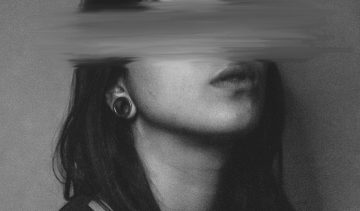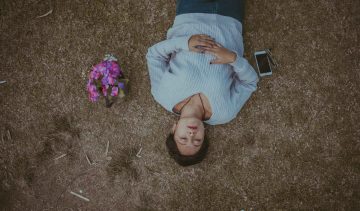We all experience negative feelings from time to time. These feelings mostly occur in short episodes and pass by after a certain period. However, for some people, that is not the case. They keep feeling blue and have low energy for a period longer than two weeks. When this happens, we speak of a depression, one of the most common mood disorders. If this is the case, it is wise to take action and do something about it. Fortunately, there are different types of therapy that can help in the battle against depression.
What is depression?
Depression is a mood disorder that can express itself in different ways. This disorder is mainly characterized by feeling blue or experiencing a loss of interest and pleasure in everyday life. Other common symptoms are: insomnia, recurrent thoughts of suicide, fatigue, lack of energy and problems with concentration.
It’s more than one cause
Depression rarely occurs spontaneously. Often it’s a combination of factors that cause depression. The combination of genetic predisposition, personality, hormonal changes or negative experiences during childhood make a person vulnerable for depression. Social- and environmental factors, often significant life events, trigger the depression. Examples of life events are: losing your job, death of a loved one or conflicts.
A vicious circle
It may also involve problems that have been going on for a longer time, but gradually cost a lot of energy over time. As a result, people become tired and dreary. This is often associated with the emergence of negative or dark thoughts. These three processes reinforce each other, leading to more and more (social) withdrawal of the person in question. A result of this withdrawal is that this person will participate less in social events and enjoyable activities. This lack of positive reinforcement strengthens the negative thoughts and dreary mood (MacPhillamy & Lewin Sohn, 1974). A vicious cycle arises of more dreary feelings, less pleasurable experiences and less energy. To break this vicious circle, therapist saw the relevance of behavioral activation(BA).
Getting active again
Behavioral Activation is an effective treatment for people with depression. It focuses mainly on the behavior of the client whereby avoidance, withdrawal and inactivity are tackled (Jacobson, Martell & Dimidjian, 2001). The goal is to get the client to become active again so that he or she will experience more positive reinforcement. This way, you break the vicious circle.
NiceDay: Plan an activity in your Daily Planner to break the vicious circle of negative thoughts. Explain in your diary what effect it had on you.











